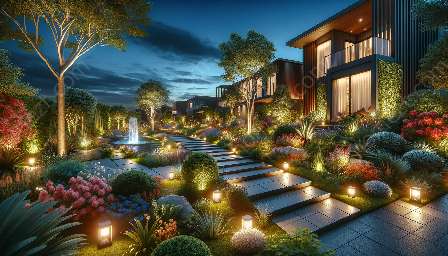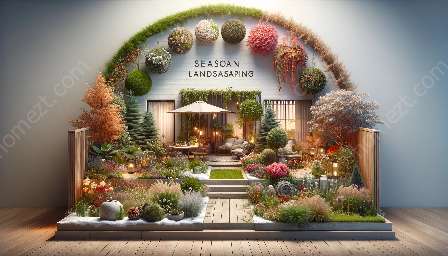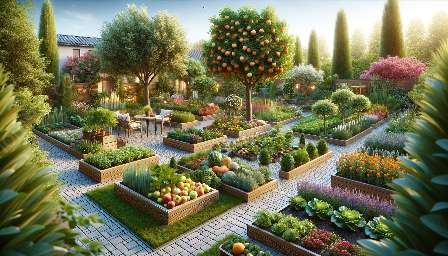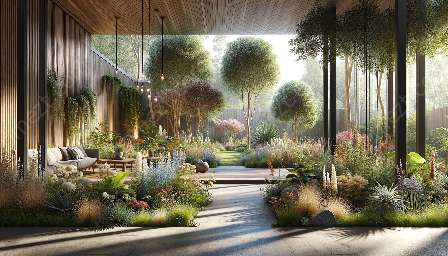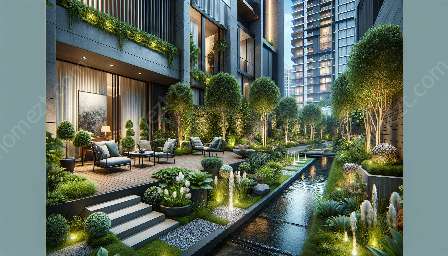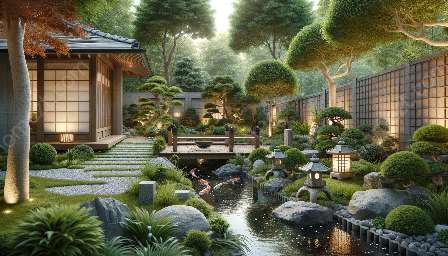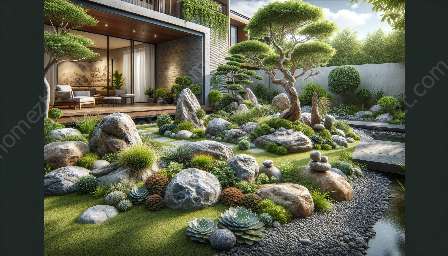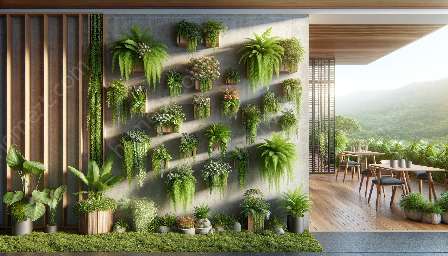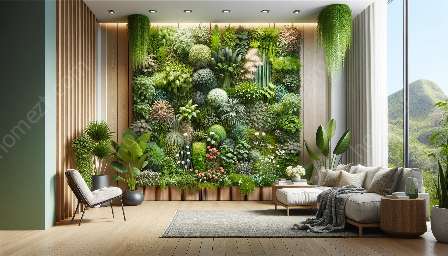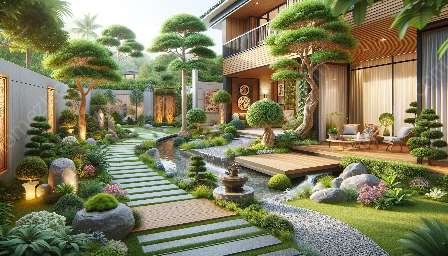Japanese gardens are a mesmerizing art form that has captivated people for centuries. These serene and enchanting landscapes offer a harmonious blend of natural beauty, meticulous design, and spiritual significance. They are not just outdoor spaces but also a reflection of a profound philosophy and a deep connection to nature.
Japanese gardens have a unique appeal that extends beyond traditional landscaping. Their principles and elements often inspire interior decor and homemaking practices, creating a sense of tranquility and harmony within the living space. In this comprehensive guide, we will delve into the captivating world of Japanese gardens, exploring their design principles, elements, and their compatibility with both landscaping and interior decor.
The Beauty of Japanese Gardens
Japanese Garden Principles
Japanese gardens are designed to evoke a sense of natural beauty interpreted through the lens of traditional Japanese culture. They adhere to several key principles that reflect a deep understanding of the natural world and the interconnectedness of all things. These principles include:
- Harmony (Wa) - The balance and unity between all elements in the garden, creating a tranquil and serene atmosphere.
- Miniaturization (Kanso) - The art of creating small-scale representations of natural landscapes, such as miniature mountains and water features.
- Naturalness (Shizen) - Emphasizing the organic and uncontrived beauty of nature, often incorporating asymmetry and irregularity.
- Seclusion (Yugen) - Creating a sense of mystery and depth, often achieved through carefully positioned elements that partially conceal and reveal different parts of the garden.
- Asymmetry (Fukinsei) - Embracing a sense of balance and harmony through the use of irregular and asymmetrical elements.
These principles form the foundation of Japanese garden design, guiding the creation of harmonious and visually captivating landscapes.
Elements of Japanese Gardens
Japanese gardens are adorned with a variety of carefully selected elements that contribute to their ethereal beauty and symbolism. Some of the most common elements include:
- Koi Ponds - These tranquil water features often house colorful koi fish and create a soothing ambiance within the garden.
- Stone Lanterns - Symbolizing spiritual enlightenment, stone lanterns are frequently used to illuminate paths and highlight important areas within the garden.
- Bridges - Arched or flat bridges made of wood or stone create a sense of connection and transition within the garden, often crossing over streams or dry riverbeds.
- Bamboo Fences - Offering privacy and delineation, bamboo fences add a natural and rustic touch to the garden while embodying traditional Japanese aesthetics.
- Tea Houses - These modest yet elegant structures serve as contemplative spaces within the garden, where the ancient art of tea ceremonies is practiced.
These elements, along with carefully selected plantings, pathways, and rock arrangements, come together to create a powerful visual and spiritual experience within the garden.
Japanese Gardens and Landscaping
Japanese gardens are not only standalone works of art but also deeply influence the field of landscaping. Their emphasis on naturalness, harmony, and minimalism often inspires landscape designers to create serene and meditative environments within larger outdoor spaces. By incorporating elements of Japanese garden design, landscapers can evoke a sense of tranquility and natural beauty that transcends cultural boundaries.
Japanese Gardens and Interior Decor
The serenity and tranquility embodied by Japanese gardens also hold significant influence in interior decor. The principles of harmony, naturalness, and balance underpin many aspects of Japanese design, from minimalist furniture to tranquil wall art. By integrating elements inspired by Japanese gardens, interior spaces can emulate a sense of peace and mindfulness, creating a serene and inviting atmosphere for residents and guests.
In conclusion, Japanese gardens are not just landscapes but profound expressions of art, spirituality, and cultural heritage. Their influence extends beyond their physical boundaries, harmonizing with landscaping and interior decor to create a timeless and enchanting ambiance that transcends geographical and cultural boundaries.






